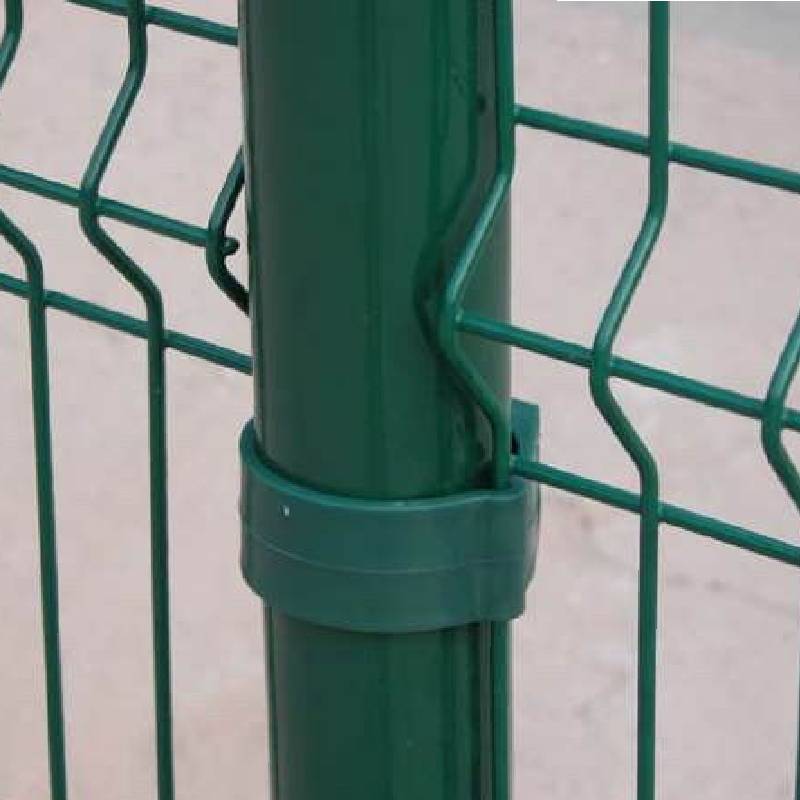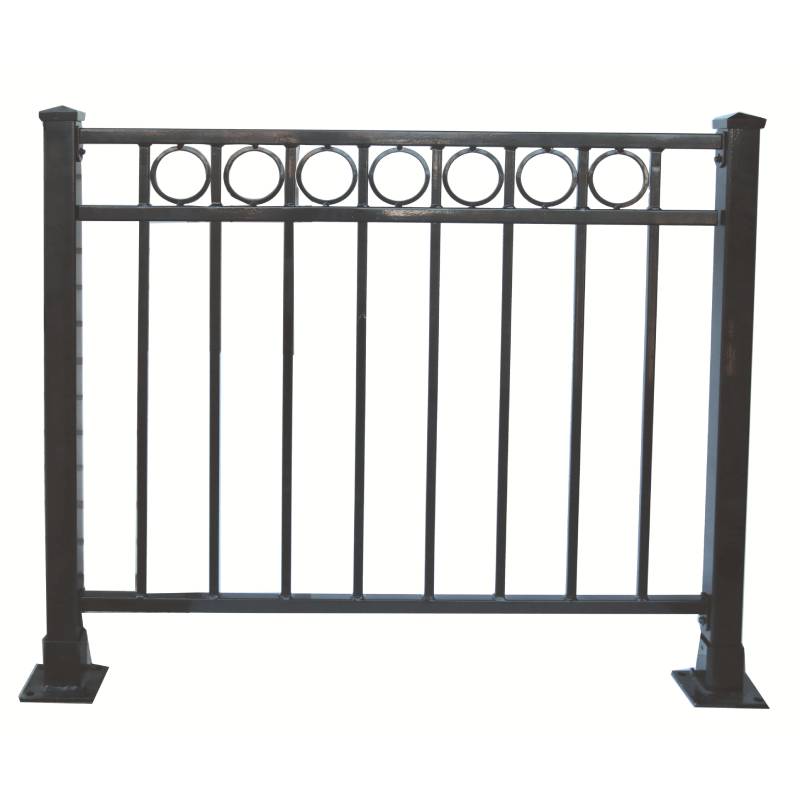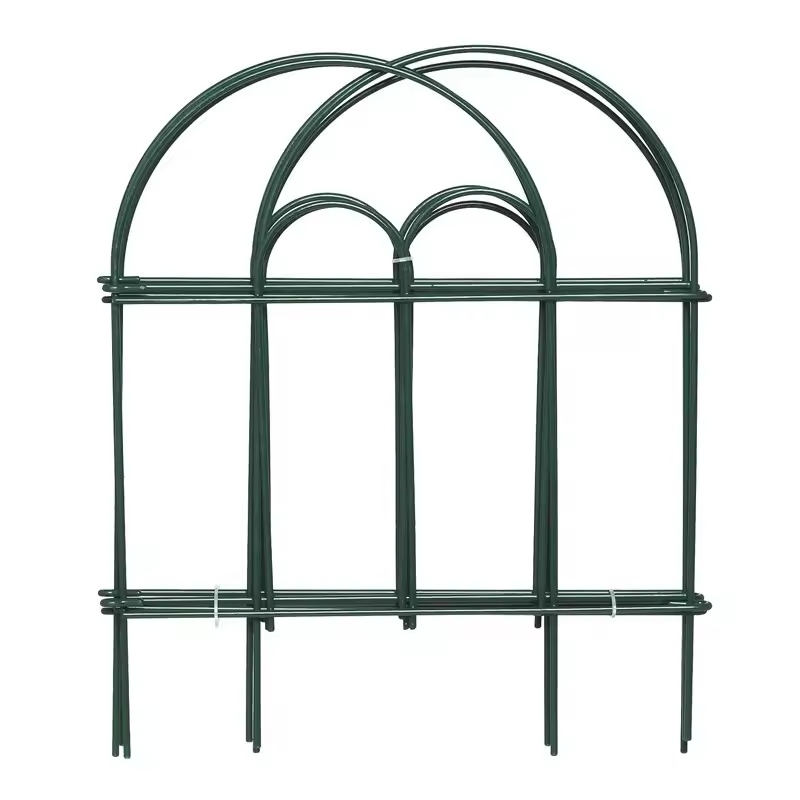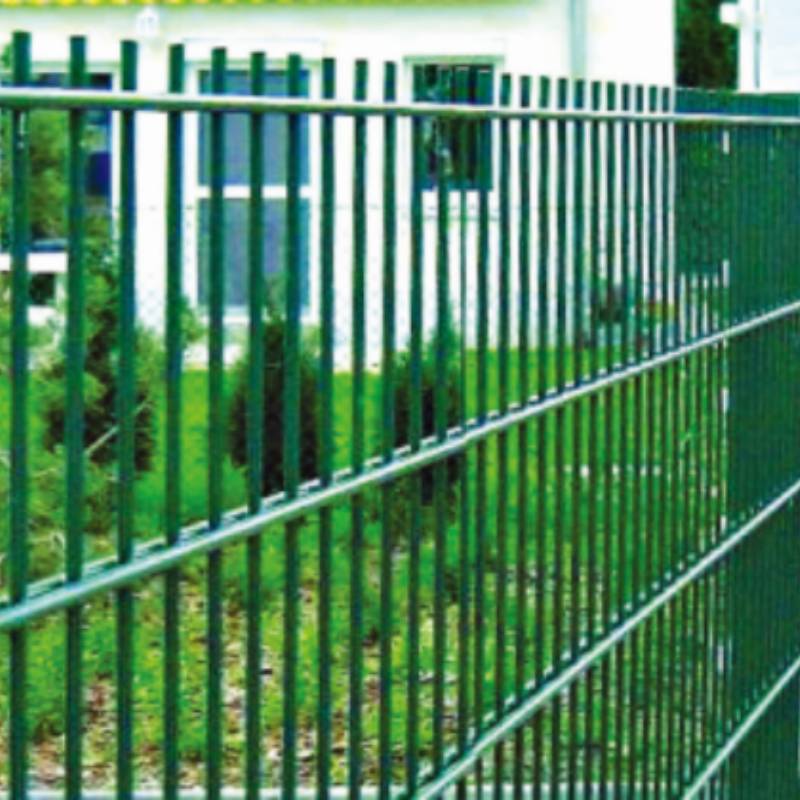-
El. paštas:zhao@hyliec.cn
-
Tel:+86 311 85273988
-
WhatsAPP:8613931128750
-
 Afrikos
Afrikos -
 albanų
albanų -
 amharų
amharų -
 arabiškas
arabiškas -
 armėnų
armėnų -
 Azerbaidžaniečių
Azerbaidžaniečių -
 baskų
baskų -
 baltarusių
baltarusių -
 bengalų
bengalų -
 bosnių
bosnių -
 bulgarų
bulgarų -
 katalonų
katalonų -
 Cebuano
Cebuano -
 Korsikiečių
Korsikiečių -
 kroatų
kroatų -
 čekų
čekų -
 danų
danų -
 olandų
olandų -
 Anglų
Anglų -
 Esperanto
Esperanto -
 Estų
Estų -
 suomių
suomių -
 Prancūzų kalba
Prancūzų kalba -
 fryzų
fryzų -
 Galisų
Galisų -
 gruzinų
gruzinų -
 vokiškai
vokiškai -
 graikų
graikų -
 gudžaratų
gudžaratų -
 Haičio kreolų
Haičio kreolų -
 hausa
hausa -
 havajietis
havajietis -
 hebrajų
hebrajų -
 Ne
Ne -
 Miao
Miao -
 vengrų
vengrų -
 islandų
islandų -
 igbo
igbo -
 Indoneziečių
Indoneziečių -
 airių
airių -
 italų
italų -
 japonų
japonų -
 javiečių
javiečių -
 kanada
kanada -
 kazachų
kazachų -
 khmerų
khmerų -
 Ruandos
Ruandos -
 korėjiečių
korėjiečių -
 kurdų
kurdų -
 Kirgizų
Kirgizų -
 TB
TB -
 lotynų kalba
lotynų kalba -
 latvių
latvių -
 lietuvių
lietuvių -
 liuksemburgiečių
liuksemburgiečių -
 Makedonietis
Makedonietis -
 Malgashi
Malgashi -
 malajiečių
malajiečių -
 malajalių
malajalių -
 maltiečių
maltiečių -
 maorių
maorių -
 marati
marati -
 mongolų
mongolų -
 Mianmaras
Mianmaras -
 Nepaliečių
Nepaliečių -
 norvegų
norvegų -
 norvegų
norvegų -
 oksitanų
oksitanų -
 puštūnų
puštūnų -
 persų
persų -
 lenkas
lenkas -
 portugalų
portugalų -
 Pandžabų
Pandžabų -
 rumunų
rumunų -
 rusų
rusų -
 samoiečių
samoiečių -
 škotų gėlų
škotų gėlų -
 serbų
serbų -
 Anglų
Anglų -
 Šona
Šona -
 Sindhi
Sindhi -
 Sinhala
Sinhala -
 slovakų
slovakų -
 slovėnų
slovėnų -
 Somalis
Somalis -
 ispanų
ispanų -
 Sundanai
Sundanai -
 suahilių
suahilių -
 Švedijos
Švedijos -
 tagalogų
tagalogų -
 tadžikų
tadžikų -
 tamilų
tamilų -
 totorių
totorių -
 telugų
telugų -
 tajų
tajų -
 turkų
turkų -
 turkmėnų
turkmėnų -
 ukrainiečių
ukrainiečių -
 urdu
urdu -
 Uigūras
Uigūras -
 uzbekas
uzbekas -
 vietnamiečių
vietnamiečių -
 valų
valų -
 Pagalba
Pagalba -
 jidiš
jidiš -
 Joruba
Joruba -
 Zulu
Zulu
Skydinė tvora
Wholesale Metal Fence Panels ?
Wholesale metal fence panels are a popular choice for those looking for durable and secure fencing solutions. These panels are often made steel materials providing a
strong and long-lasting option for garden fencing. They are available in various designs and sizes, making them suitable for a wide range of applications. Wholesale options offer cost-effective solutions for purchasing metal fence panels in bulk, making them ideal for contractors, landscapers, and property developers looking to install fencing on a larger scale.
Is It Cheaper To Buy Fence Panels Or Build Them?
The cost of buying fence panels versus building them can vary depending on several factors. In general, buying pre-made fence panels can be cheaper and more time-efficient than building them from scratch. Pre-made panels are mass-produced, which often makes them more cost-effective due to economies of scale. Additionally, purchasing fence panels can save on labor costs, as they are typically easier and quicker to install compared to building a fence from individual components. However, building a fence from raw materials allows for more customization and control over the design, which may be a priority for some individuals. It's important to consider the specific requirements, budget, and time constraints when deciding whether to buy or build fence panels.
How To Install A Panel Fence?
To install a panel fence involves several steps:
1. Measure and plan: Determine the length of the fence and calculate the number of panels needed. Plan the layout and ensure the fence posts are installed at the appropriate intervals to accommodate the panels.
2. Install the posts: Dig holes for the fence posts, ensuring they are deep enough to provide stability. Set the posts in concrete and allow them to cure before attaching the panels.
3. Attach the panels: Once the posts are set, attach the panels to the posts using appropriate fasteners such as screws or nails. Ensure the panels are level and properly aligned.
4. Add finishing touches: Depending on the type of panels used, additional finishing touches such as capping, trim, or paint may be required to enhance the appearance and durability of the fence.
5. Maintenance: Regular maintenance, such as cleaning and sealing, may be necessary to ensure the longevity of the fence panels.
It's important to follow the manufacturer's instructions and local building codes when paneling a fence to ensure proper installation and compliance with regulations. If in doubt, it's advisable to consult with a professional or seek guidance from experienced individuals.








